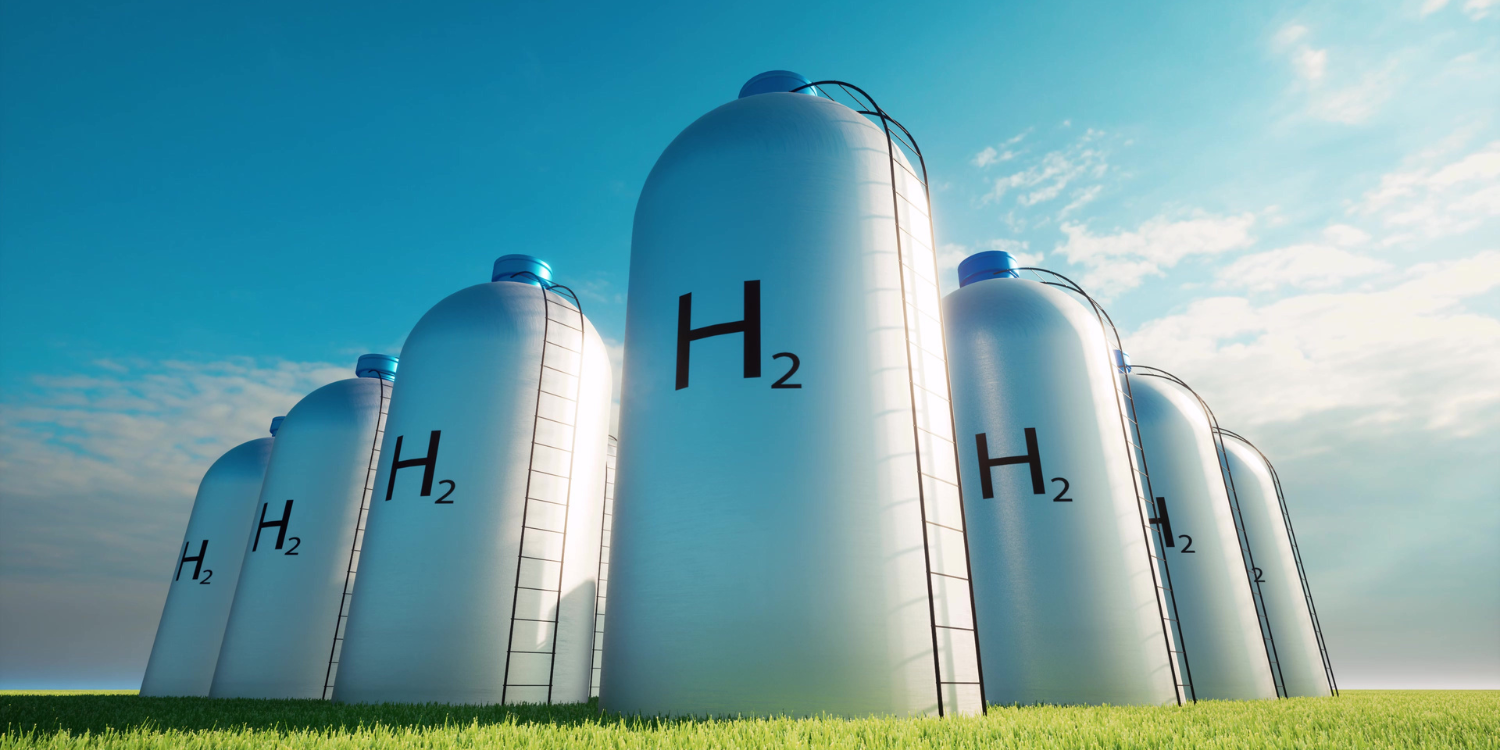- Spain and Portugal are leveraging their abundant renewable resources and the cross-border H2Med project to position themselves as leaders in green hydrogen production and export in Europe before the end of the decade.
- The peninsular corridor promises to decarbonise heavy industry, attract investment and strengthen the energy security of the Iberian Peninsula with a clean vector.
From renewable potential to continental strategy
The Peninsula has been breaking solar and wind power generation records for years, reaching 51% of renewable electricity in the total mix in 2024. This surplus makes electrolysis a competitive option for producing green hydrogen, just as the European Union raises its targets to 20 MT of annual consumption by 2030.
The region, traditionally peripheral in the gas market, is now taking centre stage in the energy sector thanks to its capacity to export clean molecules and the maturity of the ports of Sines, Huelva, Algeciras and Bilbao.
H2Med: the energy highway that is changing the European map
Conceived by Spain, Portugal and France, H2Med will be the first corridor dedicated exclusively to renewable hydrogen. The initial route will connect Celorico da Beira (Portugal) with Zamora and, from there, cross the Pyrenees to Marseille. It is expected to carry two million tonnes per year, 10% of the European target for 2030, at a cost of around €2.8 billion, with support from the Connecting Europe Facility.
Its launch, scheduled for 2030, will transform the domestic market: hydrogen will be able to circulate with certified guarantees of origin and more competitive prices by taking advantage of the peninsula’s economies of scale.
Competitive advantages of the Iberian Peninsula
The main strength is the price of renewable electricity: long-term solar PPAs are signed for less than €30/MWh, up to 40% cheaper than in central Europe.
In addition, the Peninsula has 6,500 km of existing gas pipelines that could be partially converted, port infrastructure for exporting derivatives (ammonia, methanol) and a regulatory framework that prioritises the fast-track processing of strategic projects. The combination of natural resources, logistics and regulation makes the Iberian Peninsula the only European region capable of offering green hydrogen at scale with costs below €2/kg by the middle of the next decade.
Flagship projects already underway
- HyDeal Spain aims to produce 2 MT of hydrogen per year from Aragón to supply the Asturian steel industry and the refinery in A Coruña.
- In Sines (Portugal), the Madoqua-Power2X consortium will develop 1 GW of capacity to generate green ammonia for export.
These projects anchor local industrial demand while preparing supply for the European market through H2Med.
Challenges and opportunities
The electrolyser supply chain remains concentrated outside Europe and faces bottlenecks in critical metals such as nickel and platinum. The use of fresh water in semi-arid areas requires efficient desalination solutions, while the price gap with grey hydrogen is still around €1/kg.
Socio-economic impact and opportunities for the metal sector
The deployment of 20 GW of electrolysis on the Peninsula will require more than 300,000 tonnes of stainless steel and special alloys, generating a knock-on effect on the metal sector and its associated technologies. It is estimated that 140,000 direct and indirect jobs could be created, from plant assembly to energy port operations. For the metal sector, green hydrogen is not only an energy vector, but also a source of diversification towards high-value components and long-term maintenance contracts.
The Iberian Peninsula as a hub
The H2Med corridor and the explosion of renewable projects position the Iberian Peninsula, and the Iberian Pole in particular, as the major European centre for green hydrogen. With competitive natural resources, infrastructure in place and a favourable regulatory framework, Spain and Portugal can supply clean molecules to the industrial heart of the continent before the end of the decade. The time to align with this opportunity is now, because the race for green hydrogen will be decided in the next five years.
